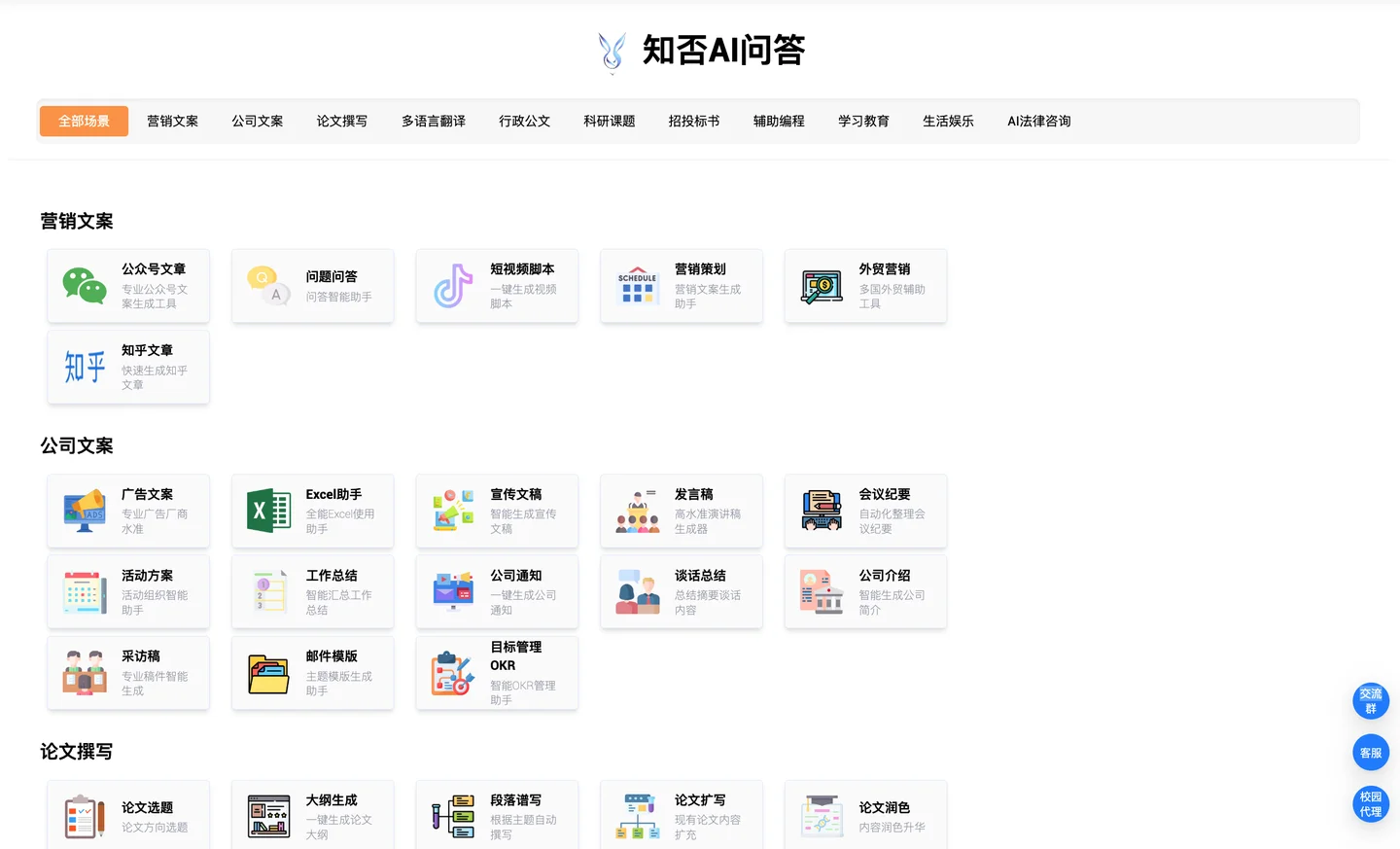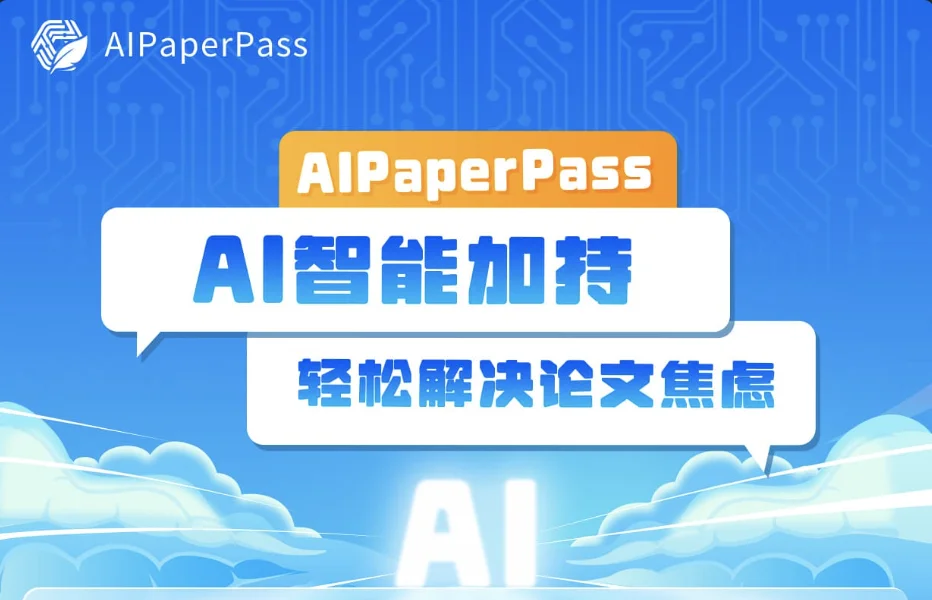What is supervised learning?
Supervised learning is the first of four machine learning models. In supervised learning algorithms, the machine is taught by example. Supervised learning models consist of “input” and “output” data pairs, where the output is labeled with the desired value. For example, let’s say the goal is for the machine to tell the difference between daisies and pansies. One binary input data pair includes both an image of a daisy and an image of a pansy. The desired outcome for that particular pair is to pick the daisy, so it will be pre-identified as the correct outcome.
By way of an algorithm, the system compiles all of this training data over time and begins to determine correlative similarities, differences, and other points of logic – until it can predict the answers for daisy-or-pansy questions all by itself. It is the equivalent of giving a child a set of problems with an answer key, then asking them to show their work and explain their logic. Supervised learning models are used in many of the applications we interact with every day, such as recommendation engines for products and traffic analysis apps like Waze, which predict the fastest route at different times of day.
What is unsupervised learning?
Unsupervised learning is the second of the four machine learning models. In unsupervised learning models, there is no answer key. The machine studies the input data – much of which is unlabeled and unstructured – and begins to identify patterns and correlations, using all the relevant, accessible data. In many ways, unsupervised learning is modeled on how humans observe the world. We use intuition and experience to group things together. As we experience more and more examples of something, our ability to categorize and identify it becomes increasingly accurate. For machines, “experience” is defined by the amount of data that is input and made available. Common examples of unsupervised learning applications include facial recognition, gene sequence analysis, market research, and cybersecurity.
What is semi-supervised learning?
Semi-supervised learning is the third of four machine learning models. In a perfect world, all data would be structured and labeled before being input into a system. But since that is obviously not feasible, semi-supervised learning becomes a workable solution when vast amounts of raw, unstructured data are present. This model consists of inputting small amounts of labeled data to augment unlabeled data sets. Essentially, the labeled data acts to give a running start to the system and can considerably improve learning speed and accuracy. A semi-supervised learning algorithm instructs the machine to analyze the labeled data for correlative properties that could be applied to the unlabeled data.
As explored in depth in this MIT Press research paper, there are, however, risks associated with this model, where flaws in the labeled data get learned and replicated by the system. Companies that most successfully use semi-supervised learning ensure that best practice protocols are in place. Semi-supervised learning is used in speech and linguistic analysis, complex medical research such as protein categorization, and high-level fraud detection.
What is reinforcement learning?
Reinforcement learning is the fourth machine learning model. In supervised learning, the machine is given the answer key and learns by finding correlations among all the correct outcomes. The reinforcement learning model does not include an answer key but, rather, inputs a set of allowable actions, rules, and potential end states. When the desired goal of the algorithm is fixed or binary, machines can learn by example. But in cases where the desired outcome is mutable, the system must learn by experience and reward. In reinforcement learning models, the “reward” is numerical and is programmed into the algorithm as something the system seeks to collect.
In many ways, this model is analogous to teaching someone how to play chess. Certainly, it would be impossible to try to show them every potential move. Instead, you explain the rules and they build up their skill through practice. Rewards come in the form of not only winning the game, but also acquiring the opponent’s pieces. Applications of reinforcement learning include automated price bidding for buyers of online advertising, computer game development, and high-stakes stock market trading.






